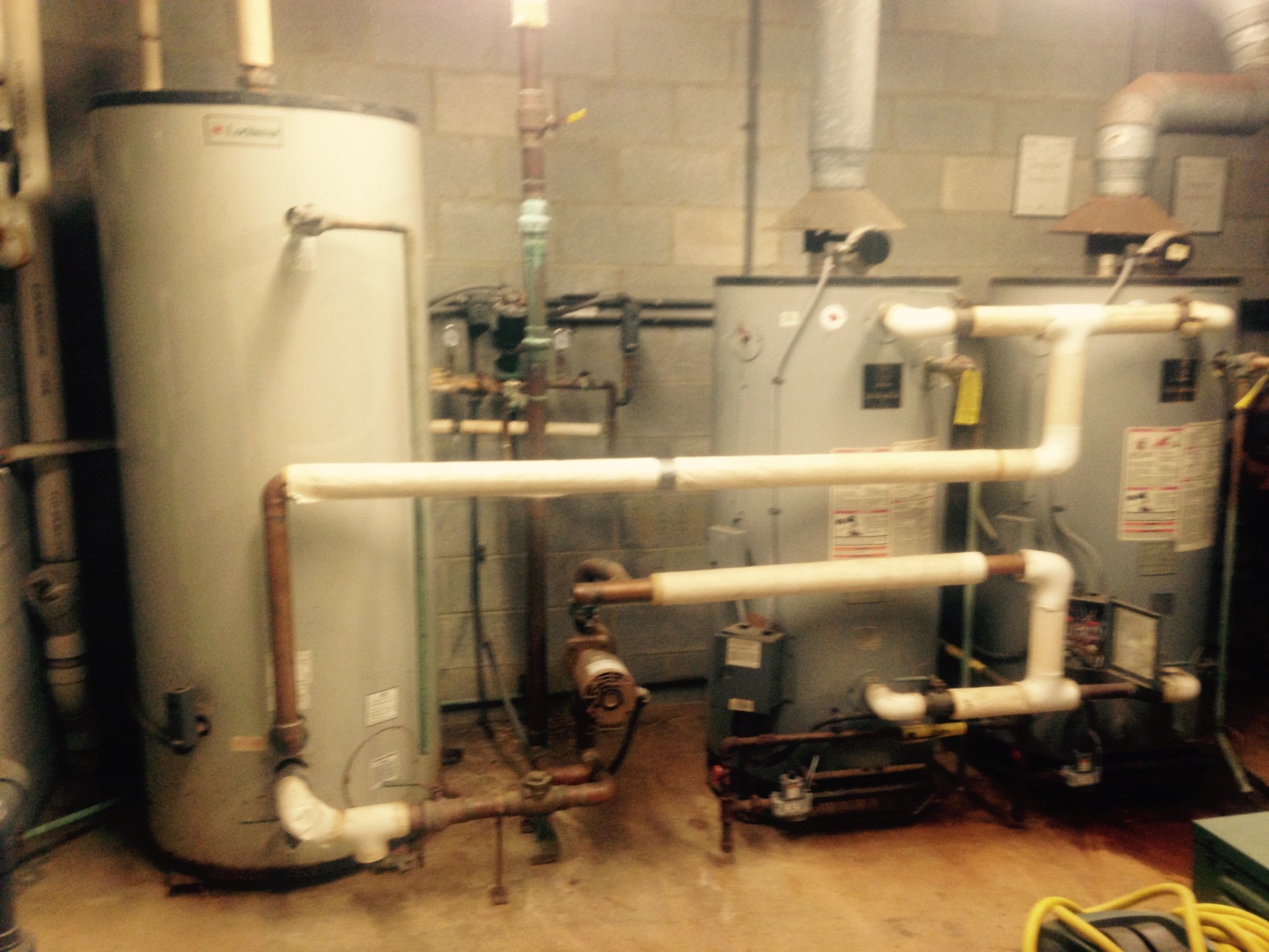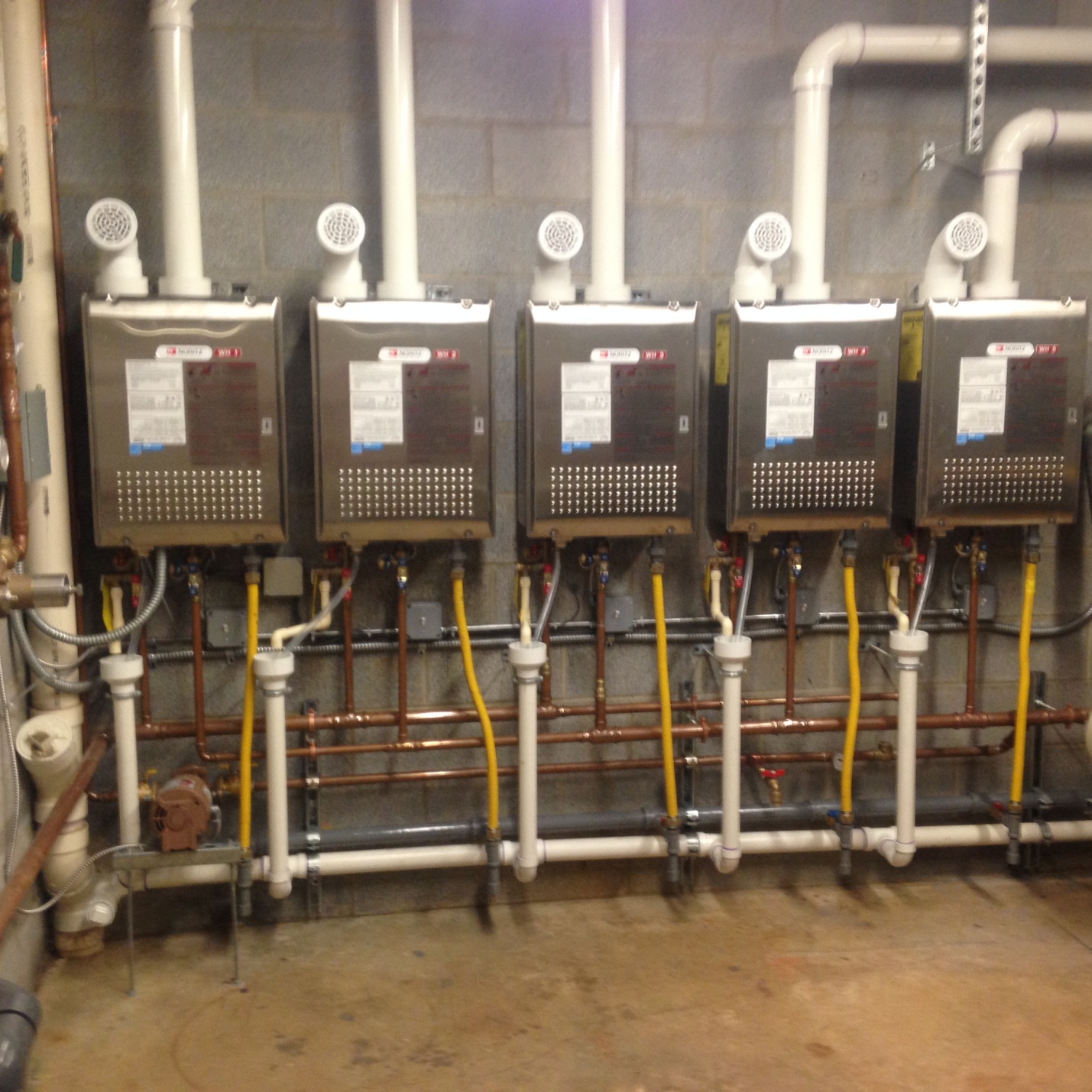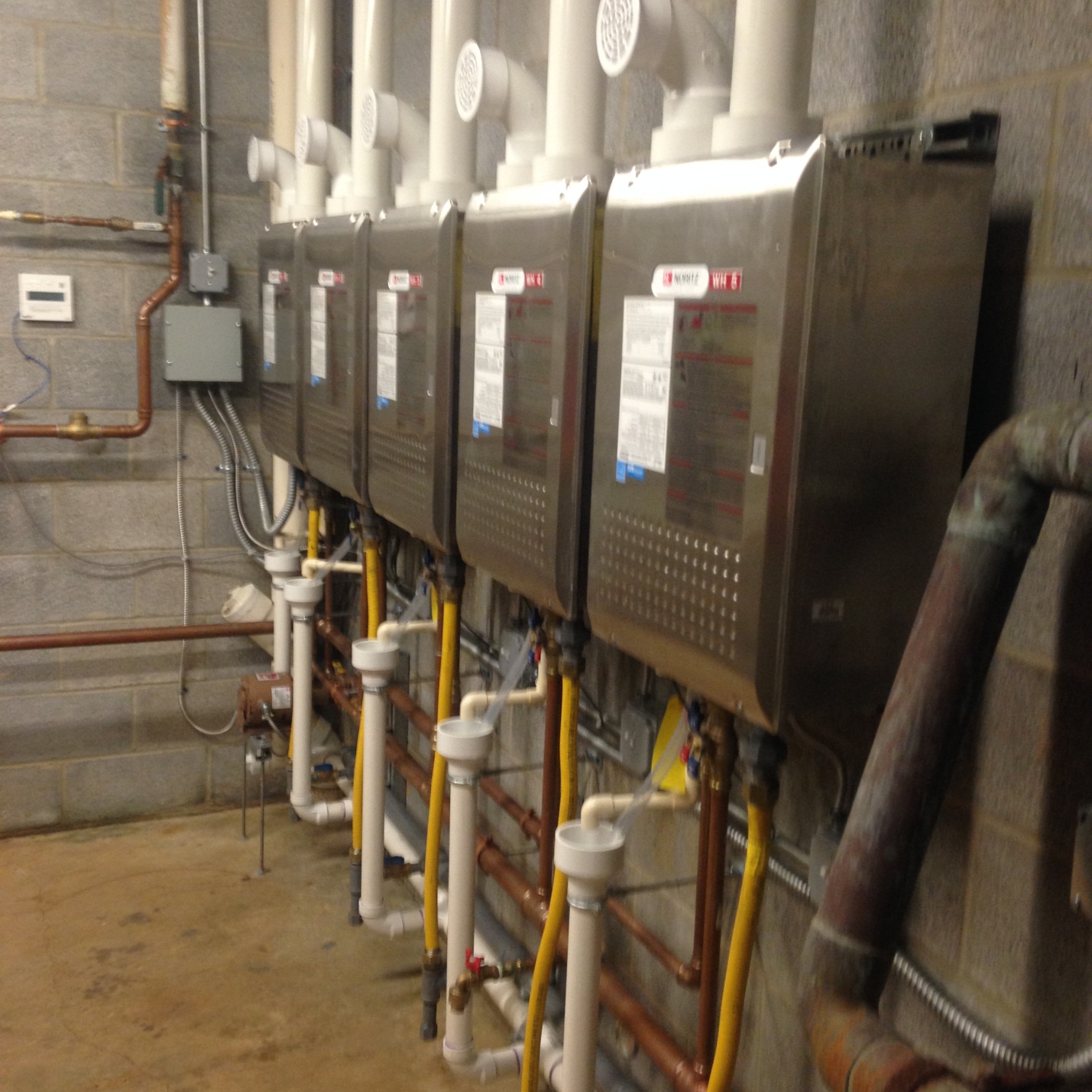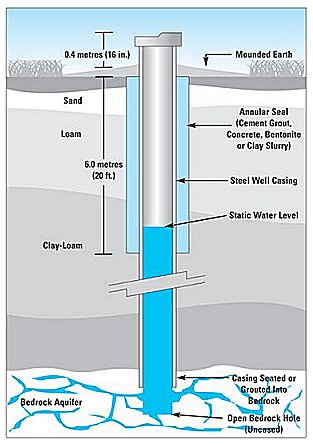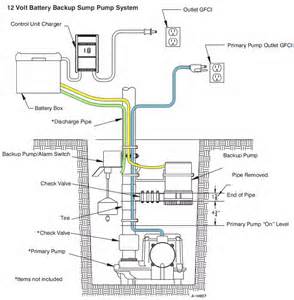Toilet Repair Month
AdminSheila
OCTOBER IS:
NATIONAL TOILET TANK REPAIR MONTH!
I have been involved either part time or full time with the plumbing industry for over 47 years, and I never knew that there is a National Toilet Tank Repair Month. Or I knew and just chose to ignore it.
Regardless, it is now at the forefront of my consciousness and I am compelled to comment on National Toilet Tank Repair Month. First, who or what entity declared such a month? I have no idea. I’ve spent the last 30 minutes searching the internet for the answer to no avail. Enough time wasted on that question. But if a reader knows who made the declaration, let me know and I’ll send you an Apple Plumbing t-shirt!
Back to toilets. A leaking toilet can waste A LOT of water. The EPA says 1 in 4 toilets nationally leak wasting up to 70,000 gallons per year each. That’s a lot of water.
I am always leery of statistics so I like to “run the numbers”:
70,000 gallons per year equates to 191.79 gallon per day
That translates to 8 gallons per hour or 2 ounces per minute
Two ounces of water is a quarter cup in a minute.
Try taking a ¼ cup of water and pouring it into a sink at a steady, consistent stream for one minute. It’s really just a trickle. Chances are that same trickle in a toilet tank would be almost silent. So, I think the EPA’s numbers work…a small leak that trickles in your toilet tank can waste up to 70,000 gallons of water a year!
That’s A LOT of water!
Let’s say you have a well and your well pump is a 5 gallon per minute pump. Your pump would have to run for 14,000 minutes to supply your leaking toilet. That’s 233⅓ hours! For almost 10 whole days your pump would have to run to supply water to your leaking toilet.
flush with cash
Or, let’s say you are connected to city water and sewer. A quick check shows the City of Westminster charges $16.16 per 1,000 gallons for combined water and sewer. Your 70,000 gallon running toilet would cost you $1,131.20 per year in water and sewer charges! You could buy some seriously high efficient toilets for that kind of money.
So. Now that we are aware of National Toilet Tank Repair Month and the high cost of a leaking toilet what are we to do about it? Check your toilet for leaks! Or have a plumber check your toilet for leaks, although it is much cheaper if you do. Click on the following link for a video on how a toilet flushes. The video was produced by plumbing manufacturer Korky Flappers.
How A Toilet Flushes by Korky Flappers.
There are really only two ways a toilet leaks. the first is through the fill valve in which the tank fills to the overflow tube and water just runs down the tube, into the bowl and down the drain. If you lift the lid from the tank and see water up to the overflow tube and running down it, your fill valve is leaking.
The other way a toilet leaks is through the flapper at the base of the flush valve, if the flapper doesn’t seal tightly and water slowly leaks into the bowl and down the drain. The easiest way to check for this type of leak is to place a few drops of dark food coloring in the tank and see if it shows up in the bowl. You may have to wait up to 20 minutes for coloring to appear. It’s that easy.
Checking for a Toilet Leak using Dye Tablets
Leak Detection tablets will detect toilet leaks in minutes. Simply drop 1 into your toilet tank and wait a few minutes. Do not flush the toilet. If the toilet water turns blue, the seal around the flapper is leaking water from the tank to the bowl. This type of leak is often very hard to detect because it may not make filling or leaking noises or the fill valve may only kick on every 10 or 20 minutes (while you're not present). If your flapper is leaking, replace the flapper or toilet immediately. This is the most common water wasting problem in the home - it can rack up your water bill fast and you may not find out until you get your bill! If your toilet has a leak you could be wasting 200 gallons of water a day.





 In late June, Apple Plumbing & Heating, Inc. installed a new, high efficient hot water system for The Hill Family Center Y.The following photos and description details the work that was done, the planning that went into it and how this installation helped the Y reduce their carbon footprint.
In late June, Apple Plumbing & Heating, Inc. installed a new, high efficient hot water system for The Hill Family Center Y.The following photos and description details the work that was done, the planning that went into it and how this installation helped the Y reduce their carbon footprint.